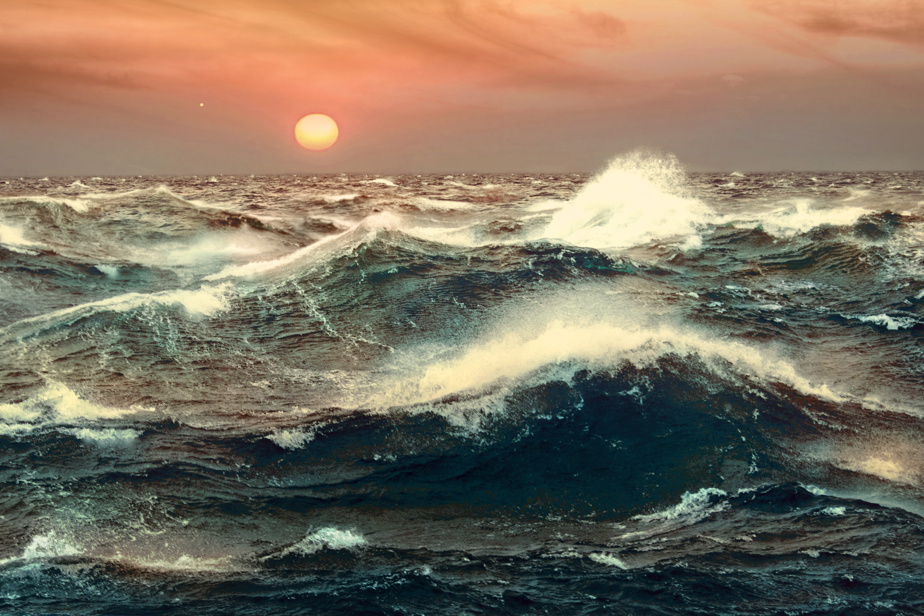A new exoplanet made up of 30% water has been discovered in part thanks to the Mount Magnetic Observatory. It is located 100 light years from Earth and could be habitable.
Mathieu Perrault Journalism
Explains Rene Doyon, an astrophysicist at the University of Montreal, one of the co-authors of the study published last week in Astronomical Journal . We know that some of the moons of Saturn and Jupiter, such as Europa, Enceladus and Ganymede, have a similar density and are covered with icy water. If it was close to the sun, it would likely be covered with liquid water. »
The exoplanet, called TOI 1452b, orbits a star four times smaller than our sun. It was discovered two years ago by NASA’s TESS space telescope, and then confirmed by the Mont-Mégantic Observatory. Then, the SPIRou (Infrared Spectrophotometer) instrument of the telescope of Canada, France and Hawaii analyzed its mass and radius. SPIRou was designed at the Mont-Mégantic Observatory.
TOI 1452b is 70% larger than Earth but appears to be only 4.8 times larger. This may mean that it is made up of between 10% and 25% water, while the Earth contains less than 1% water.
The star TOI 1452 is part of a double solar system, with another star, in the constellation Dragon. TOI 1452’s twin is located at 97 astronomical units, which is the distance between Pluto and the Sun (or 15 thousandths of a light year). “Our observations allowed for near certainty that it is a binary system,” says Mr. Doyon. It is a specific system located in a region of the sky that is almost always observable. Made measurements easier. »
hydrothermal drilling
If TOI 1452b is habitable, what would life be like there? “Some theories suggest that life arose on the ocean floor, near hydrothermal vents,” Doyon says. There is an abundance of life out there. Some branches of the oldest bacteria can survive in harsh environments. »
The next step is the observation of TOI 1452b by the James Webb Space Telescope, which will be able to confirm the presence of liquid water. “We have to see if this much water can survive for a long time on the planets in the habitable zone,” Doyon says.





